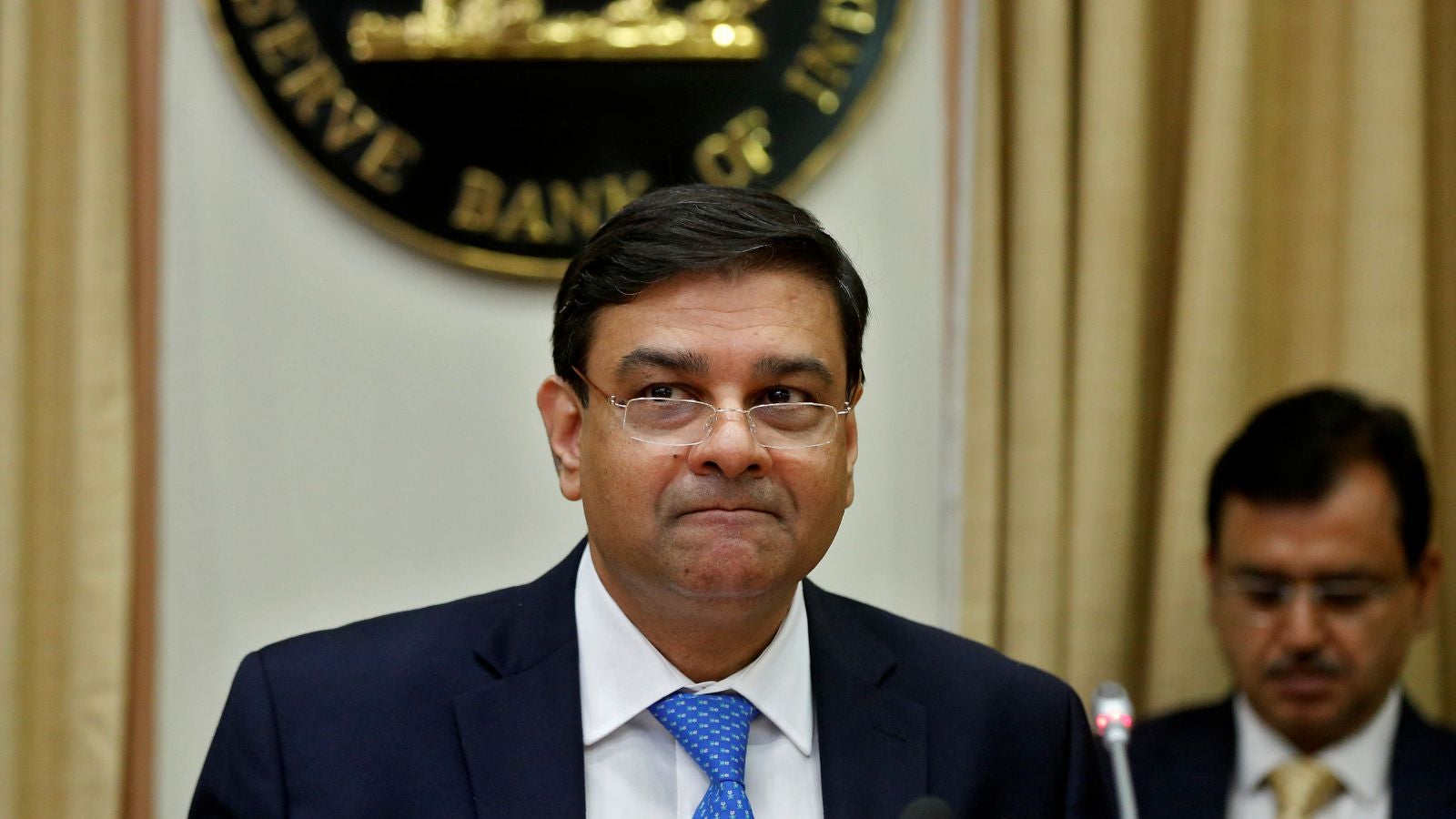Five questions India’s central banker could face at his parliamentary grilling
Around three years since the Reserve Bank of India (RBI) began the toxic loan clean-up, Indian banks’ financial health has gone from bad to worse. Problems like the growing pile of non-performing assets (NPAs), recurring frauds, and cash mismanagement have crippled the sector.


Around three years since the Reserve Bank of India (RBI) began the toxic loan clean-up, Indian banks’ financial health has gone from bad to worse. Problems like the growing pile of non-performing assets (NPAs), recurring frauds, and cash mismanagement have crippled the sector.
On June 12, RBI governor Urjit Patel is likely to face questions on these issues from a parliamentary panel on finance. This committee is headed by Veerappa Moily, a member of the opposition Congress party, and comprises other politicians, including former prime minister Manmohan Singh.
Patel’s testimony will be significant because, at the end of December 2017, at least Rs11.90 out of every Rs100 in outstanding loans was at the risk of not being recovered. That figure may have risen considerably since then due to the new norms introduced by the central bank.
The problem has only worsened with the rising number of frauds being reported: At least one was committed every hour on average in 2017.
Quartz asked about half-a-dozen experts about the questions Patel must be asked by the parliamentary panel.
Here are the top five that made the list:
1. Why are bad loans rising at an alarming rate?
As of December 2017, Indian banks had gross NPAs worth Rs8.41 lakh crore. In the following three months, 14 of India’s 21 public sector banks (PSBs) accumulated more than Rs41,000 crore in losses, an amount that is set to rise as remaining banks declare their results. It’s the increase in bad loans, due to the RBI norms announced in February, that has burnt a hole in their balance sheets.
This will certainly be raked up by the panel, believe experts, though the central bank may be on solid footing here.
“What we are seeing right now is a temporary pain, but due to these norms, attempts are being made by the banks to finally deal with the problem instead of postponing their bad loans recognition,” said Asutosh Kumar Mishra, a banking analyst with Reliance Securities. “RBI has done the right thing by bringing about this change and sticking to its stance and, therefore, it has nothing to worry.”
2. Despite better technology and checks and balances, why are frauds rising?
The alarming rate of loan frauds raises questions on the steps taken by banks and the RBI to stem the crisis.
“There are definitely lapses that are occurring either at the banks’ end or the RBI’s end and that needs to be raised because if all the adequate steps were being taken then we wouldn’t have seen cases like Punjab National Bank (PNB) and Rotomac,” said a banking analyst at an audit firm, requesting anonymity.
In February, India’s biggest banking fraud was uncovered at PNB, which had been duped of over $2 billion by diamantaires Nirav Modi and Mehul Choksi. Soon after that, Rotomac Global, a popular stationery manufacturer, was accused of siphoning nearly Rs3,700 crore from seven different banks.
3. Is government control causing a problem?
PSBs account for a major portion of the banking industry and, thus, also its problems. Expressing his helplessness in March this year, Patel said the PSBs were rotting because, instead of the RBI, it is the government that controls these banks and their management.
The parliamentary panel could ask that “if the central bank had these problems then it should have raised it earlier and, instead of raising it at a forum, should have brought it up with the government and dealt with the situation,” said Karthik Srinivasan, an analyst at credit rating firm ICRA. “Additionally, issues can also be raised over what additional scope does it need to alleviate the pains of the banking sector and specifically the PSBs.”
4. What led to the cash shortage in the economy?
Earlier this year, ATMs across the country began running dry and, by April, the situation was so grim that citizens were reminded of the November 2016 demonetisation. The central bank called it a logistical issue caused by the untimely re-filling of ATMs. However, this was only part of the problem, and other issues, including the rise of cash usage and a demand-supply mismatch, worsened matters.
Though the situation has improved now, the RBI may still face questions on why it didn’t anticipate the crisis. “Why were they not able to read the market situation regarding cash better?” asked the CEO of a firm that manufactures and manages ATMs, requesting anonymity. “Also, the smaller currency notes has been low in circulation and that also led to cash-shortage, so questions regarding planning can also be raised.”
5. Have the demonetised notes finally been counted?
Some 18 months after the Narendra Modi government demonetised the Rs500 and Rs1,000 notes, the full impact of the exercise remains to be ascertained. In response to an RTI query in February this year, the central bank said it was still counting the number of notes. Provisional numbers released last August show that 99% of the Rs15.44 lakh crore of demonetised currency notes had been deposited in banks by June 30, 2017. The panel is now likely to seek the RBI’s response.